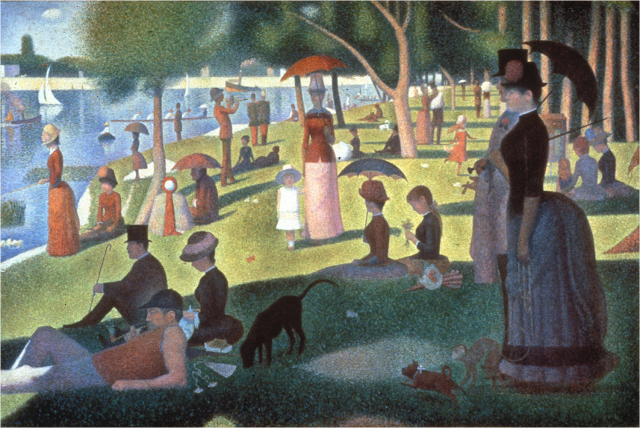My first visit to Musée d’Orsay was simply unforgettable. This is a top-notch museum, situated in
a stunning building that was once an old train station, where I had the
pleasure of viewing “The Angel of the Odd: Dark Romanticism from Goya to Max
Ernst.”
The good- this exhibition was an excellent contrast from the fifth
floor galleries that are full of flowery Monets. I especially enjoyed the thematic combination of plastic
arts, movie scenes, text and literature.
The bad- from a purely visual standpoint, I think that it was slightly
heavy on the Ernst. However, it is
an interesting way to incorporate modern art into the show and encourage the
audience to think a bit beyond the immediate form of the objects before them.
The ugly- just about every character from Goya’s ghosts to Delacroix’s
demons were rather hideous, although wonderfully animated. The figures and landscapes of these
works are undeniably ugly and they also lead our imaginations towards countless
other dark spaces and places.
For more on “The Angel of the Odd: Dark Romanticism from Goya to Max
Ernst” -


























